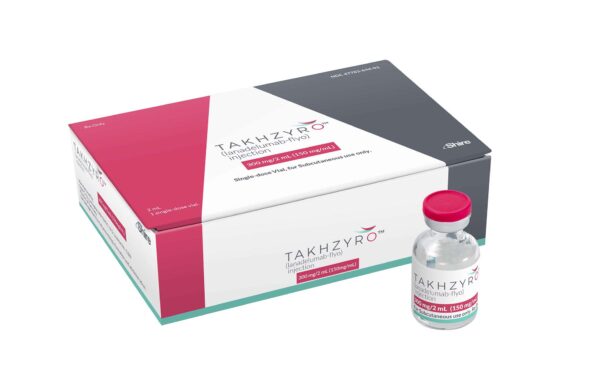

Buy Takhzyro (lanadelumab) Online
$14,430.90
- DISEASE INDICATIONS: Hereditary angioedema (HAE)
- MANUFACTURER: Shire Pharmaceuticals
- USAGE: Subcutaneous
- MEDICINE APPROVED BY:
- European Medical Agency (EMA)
- Food and Drug Administration (FDA)
Takhzyro (lanadelumab) is a human monoclonal antibody that is used to prevent attacks of hereditary angioedema (HAE) in adults and children aged 2 years and older. HAE is a rare genetic disorder that causes swelling in the face, limbs, abdomen, and throat.

Buy Takhzyro (lanadelumab) Online
$14,430.90
- Description
- Additional information
- Reviews (0)
Description
Takhzyro (lanadelumab) is a human monoclonal antibody that is used to prevent attacks of hereditary angioedema (HAE) in adults and children aged 2 years and older. HAE is a rare genetic disorder that causes swelling in the face, limbs, abdomen, and throat.
Uses
Takhzyro is used to prevent attacks of HAE, which can be life-threatening if they occur in the throat. It is a long-term preventive treatment that is given as an injection every 2 weeks or every 4 weeks.
How to Use
Takhzyro is a sterile, preservative-free solution that is given as a subcutaneous injection (an injection just under the skin). It is important to follow your doctor’s instructions on how to inject Takhzyro correctly.
Dosage
The recommended starting dosage of Takhzyro is 300 mg administered subcutaneously every 2 weeks (q2wks). A dosing interval of 300 mg every 4 weeks (q4wks) is also effective and may be considered if the patient is well-controlled (e.g., attack free) for more than 6 months.
Mechanism of Action
Takhzyro works by blocking the activity of plasma kallikrein, a protein in the body that can lead to HAE attacks. Inhibiting kallikrein helps to slow down the release of bradykinin, an inflammatory peptide, and reduce the number of attacks.
Storage Conditions
Takhzyro should be stored in the refrigerator at 36ºF to 46ºF (2°C to 8°C). It can be left at room temperature for up to 30 minutes before injecting.
Precautions
Takhzyro should be used with caution in patients with a history of allergic reactions to other monoclonal antibodies. It is also important to tell your doctor about any other medications you are taking, including over-the-counter medications, herbal supplements, and vitamins.
Interactions
Takhzyro may interact with other medications that affect the blood clotting system. It is important to tell your doctor about all of the medications you are taking before starting Takhzyro.
Contraindications
Takhzyro is contraindicated in patients with a known hypersensitivity to lanadelumab or any of the excipients in the drug.
Side Effects
The most common side effects of Takhzyro are injection site reactions, such as pain, redness, swelling, and itching. Other side effects may include headache, nausea, and diarrhea.
Overdose
There is no information available on overdose of Takhzyro. If you accidentally inject more Takhzyro than prescribed, contact your doctor or poison control center immediately.
Here are some additional details about Takhzyro:
- Takhzyro is a relatively new drug, and it is still being studied. However, it has been shown to be effective in preventing HAE attacks in clinical trials.
- Takhzyro is generally well-tolerated, and the most common side effects are mild and transient.
- Takhzyro is a self-injectable drug, which means that patients can inject it themselves at home.
If you have any questions about Takhzyro, please talk to your doctor.
Additional information
| Package | 300 mg solution for injection |
|---|
Be the first to review “Buy Takhzyro (lanadelumab) Online” Cancel reply
Related Products
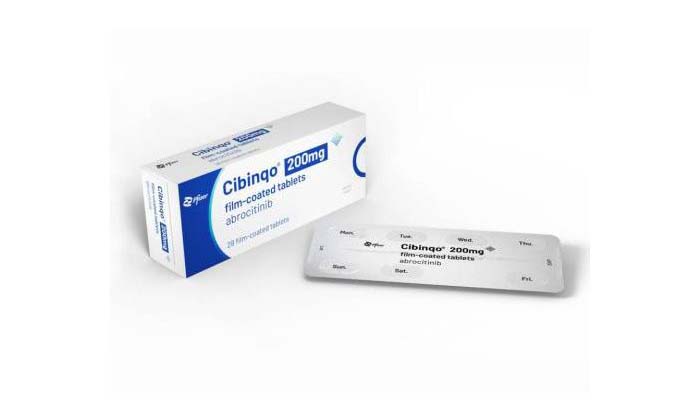
Buy Cibinqo (abrocitinib) Online
Total Sales: 0
SKU: 868337
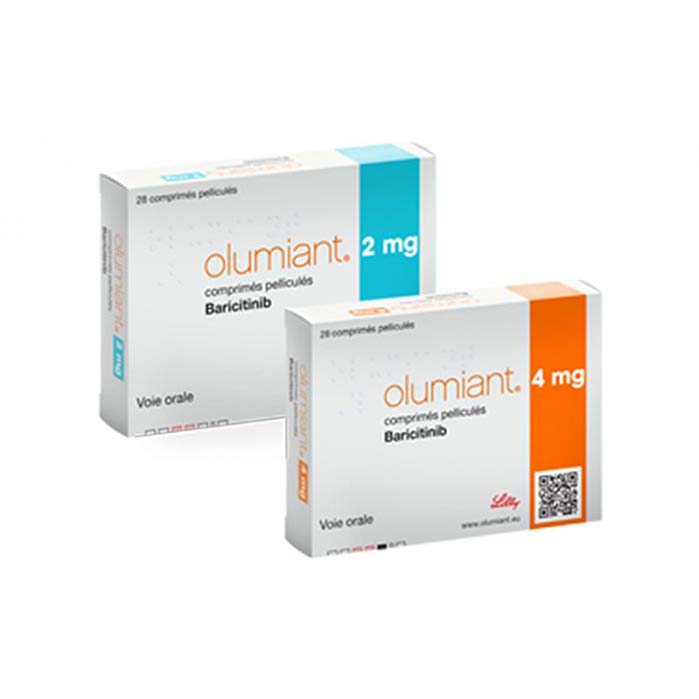
Buy Olumiant (baricitinib) Online
Total Sales: 0
SKU: 955676
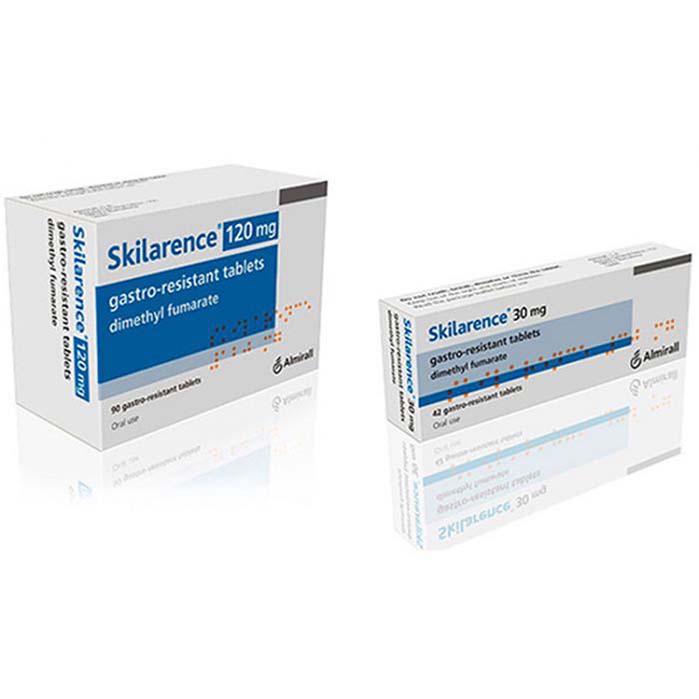
Buy Skilarence (dimethyl fumarate) Online
Total Sales: 0
SKU: 645268
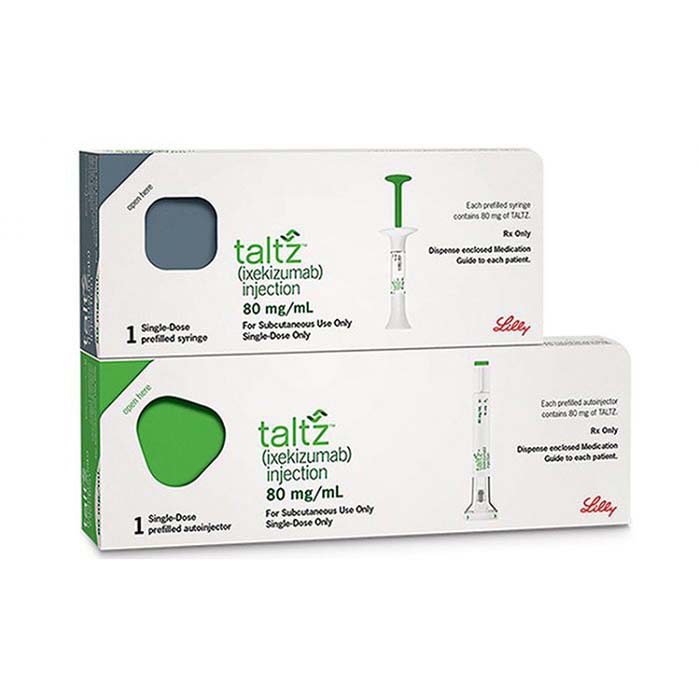
Buy Taltz (ixekizumab) Online
Total Sales: 0
SKU: 151638

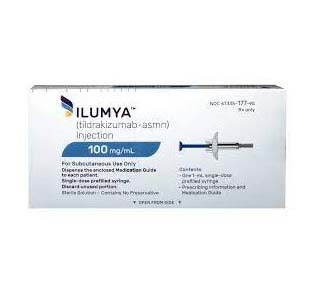
Reviews
There are no reviews yet.